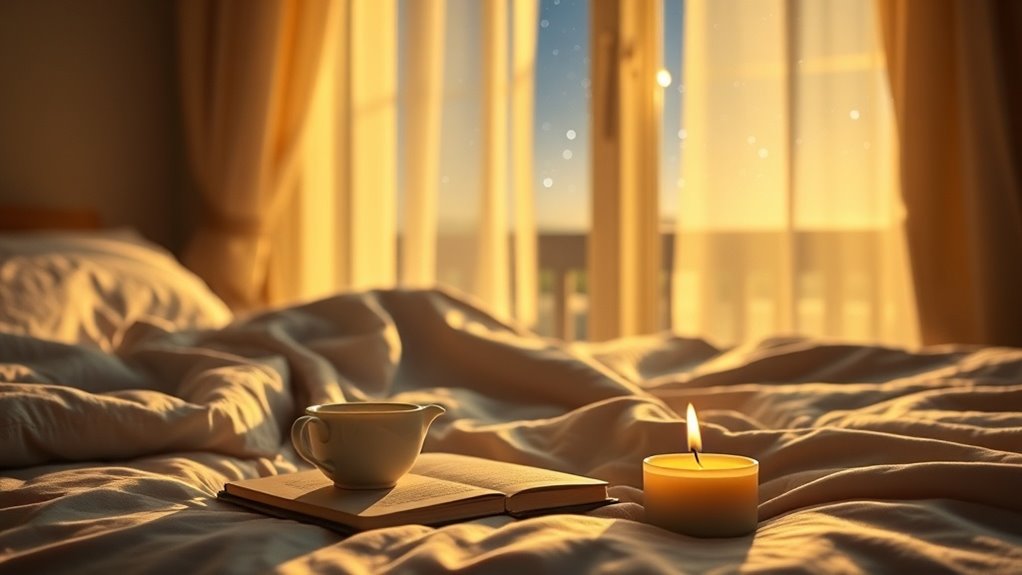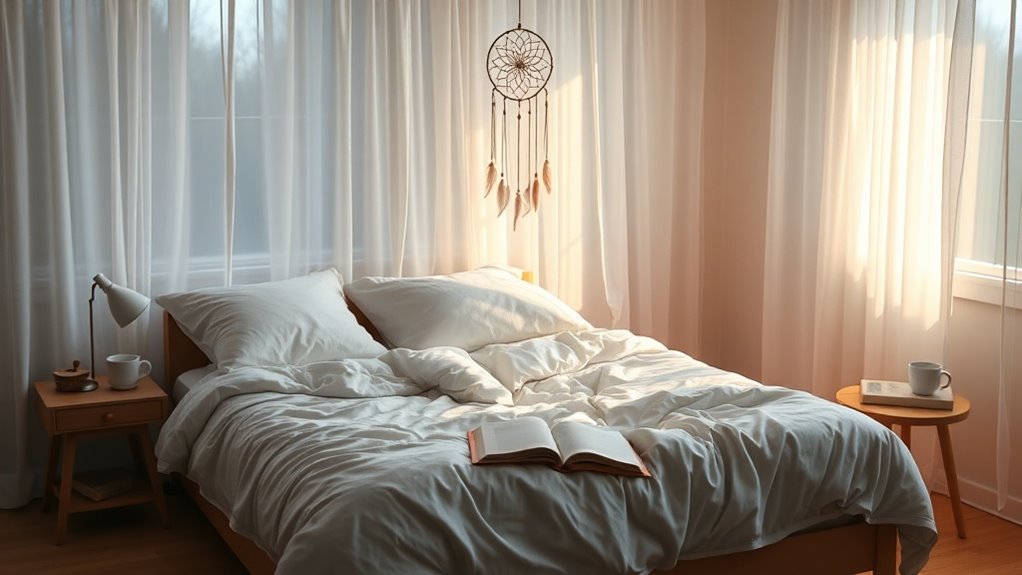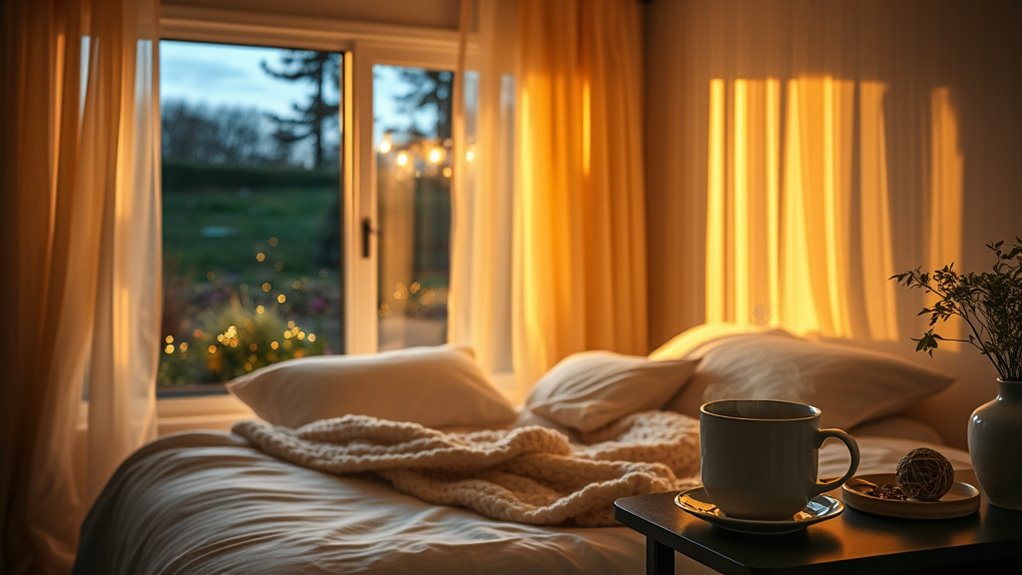Sleep Visualization That Works – Even When You’re Anxious
Picture yourself in a serene oasis, far removed from daily worries. It’s no secret that anxiety can disrupt your sleep, making peaceful nights feel elusive. But what if a simple visualization technique could ease your racing mind and guide you to a restful slumber? Discover how focusing your thoughts on calming scenes can transform your bedtime experience and help you reclaim the serene atmosphere you deserve. The journey to better sleep starts here.
Understanding the Connection Between Anxiety and Sleep
When you experience anxiety, it can feel like a relentless cycle that disrupts your sleep. Anxiety heightens stress, making it difficult to achieve that calm state necessary for restorative sleep. You may find yourself tossing and turning, plagued by racing thoughts. Understanding this connection can empower you to explore strategies that foster a more peaceful mind, ultimately enhancing your sleep quality. Implementing visualization techniques can redirect your thoughts towards calmness and support a more restful night.
The Science Behind Visualization Techniques
Although visualization techniques may seem simple, they are rooted in psychological science and have proven effective for many individuals. These techniques leverage the brain’s ability to create mental images, reducing anxiety and improving sleep.
| Key Concepts | Benefits |
|---|---|
| Mental Imagery | Reduces anxiety |
| Focus and Relaxation | Promotes restful sleep |
| Connection to Emotions | Enhances emotional regulation |
Incorporating visualization techniques into your bedtime routine can significantly enhance your overall sleep quality.
Step-by-Step Guide to Sleep Visualization
Mastering sleep visualization can significantly enhance your ability to relax and drift into a peaceful slumber.
Begin by closing your eyes and taking deep breaths. Picture a serene landscape, focusing on the details: colors, sounds, and scents. To improve your nighttime experience, try to acclimatize your eyes to darkness for about 20 minutes before settling down for sleep.
As you immerse yourself in this scene, allow your body to relax. Embrace this mental escape, letting go of tension until sleep gently carries you away.
Creating Your Ideal Sleep Sanctuary
Creating a soothing sleep environment can amplify the benefits of sleep visualization and set the stage for restful nights.
Consider these essential elements for your ideal sleep sanctuary:
-
Comfortable Bedding: Invest in quality sheets and pillows that cradle you gently.
-
Soft Lighting: Use dimmable lights or candles to create a calming ambiance.
-
Pleasant Scents: Incorporate lavender or chamomile to promote relaxation.
-
Mindful Calmness: Prioritizing cultivating a calm mental environment supports the effectiveness of your sleep visualizations.
Additional Tips for Overcoming Anxiety at Bedtime
As you settle into bed, it’s common for racing thoughts and worries to creep in, making it difficult to achieve the restful sleep you deserve.
To combat this, try deep breathing exercises, progressive muscle relaxation, or journaling about your day. Creating a bedtime routine can also signal your brain that it’s time to unwind and let go of anxious thoughts. Additionally, practicing mindfulness meditation can help ground you in the present and ease your racing thoughts.
Prioritize self-compassion during this process.




